Lenovo ThinkPad E16 Gen 1 (AMD) review – snappy business device with long battery life
Design and construction
This fella looks like a typical 2023 Lenovo business laptop with its clean design, rounded edges, and minimal branding on the lid. You can find the notebook in two versions – with an all-aluminum build or with a metal lid and plastic base. We got the former and regardless of the MIL-STD 810H certification, the rigidity is average. The lid can be flexed but not too much, and the body can be bent in the area above the touchpad and below the Arrow keys. Nothing major, but we expected a more solid chassis.
The metal version is a bit heavier (1.81 kg) than the one with a plastic base (1.77 kg). The profile thickness is the same for both versions – 19.85 mm. Yeah, the dimensions are pretty good for a 16-incher.
The lid can’t be opened with a single hand but at least there is a noticeable protrusion on the top bezel for easier opening. Still, the bezels around the display are thin.
Above the screen is placed a Web camera with a privacy shutter. The base version is a 720p model, you can also pay extra for a 1080p or a Full HD IR version for Windows Hello.
The machine can lay almost fully flat on the desk. This will also lift up slightly the back of the device. Unfortunately, that happens at a very wide angle of opening.
As you can see, the spill-resistant keyboard covers half of the base which is good because the keycaps are big and there is enough space for a full-sized NumPad. The key travel is long and the feedback is clicky, so you can use the unit comfortably for long hours of typing. However, the backlight is optional. The Power button that doubles as a fingerprint reader (option) is separated from the board. The Trackpoint is on board and it works together with the three buttons positioned above the touchpad. The latter has a smooth Mylar surface. It’s fast and accurate, especially for the price.
On the bottom panel, you can see three rubber feet, a big ventilation grill, and two speaker cutouts. The hot air is pushed through a vent on the back that aims toward the hinge. Part of the heat during heavy CPU stress reaches the display.
Ports
On the left, we can see a USB Type-C 3.2 (Gen. 1) port, a USB Type-C 3.2 (Gen. 2) port, a USB Type-A 3.2 (Gen. 1) port with an Always On function, an HDMI 1.4b for up to 4096×2160@30Hz external displays, and an Audio combo jack. Both Type C’s support data transfer, Power Delivery 3.0 and DisplayPort 1.4. On the other side, there is a Kensington Nano Security Slot, LAN, and another USB Type-A 3.2 (Gen. 1) port.




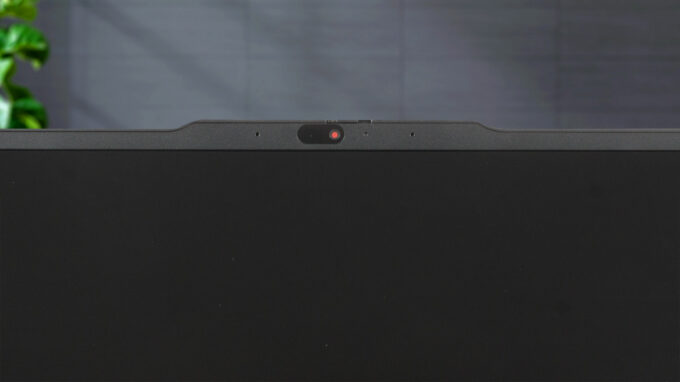

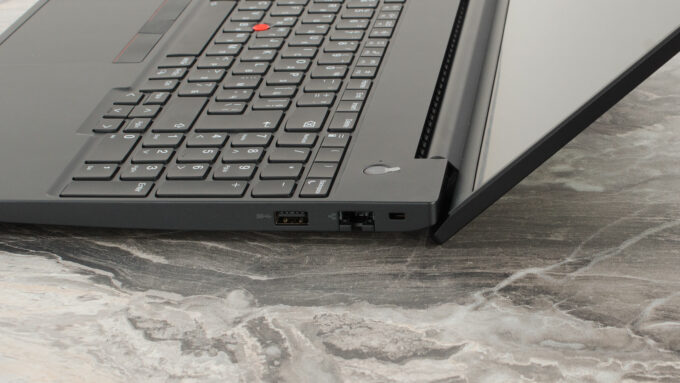









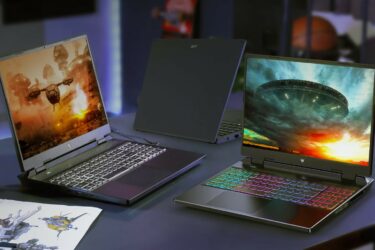
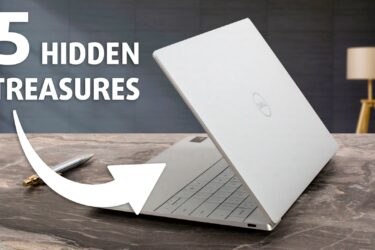
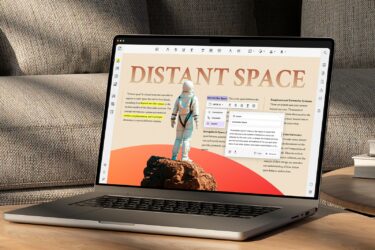
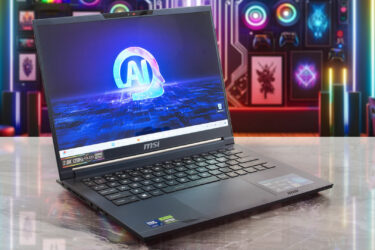
Bardzo mnie ciekawi, czy po zainstalowaniu w komputerze dwóch fizycznych dysków istnieje opcja wyłączenia jednego z nich w bios? Bardzo mi zależy na uruchomieniu trybu praca – dom na służbowym sprzęcie:)